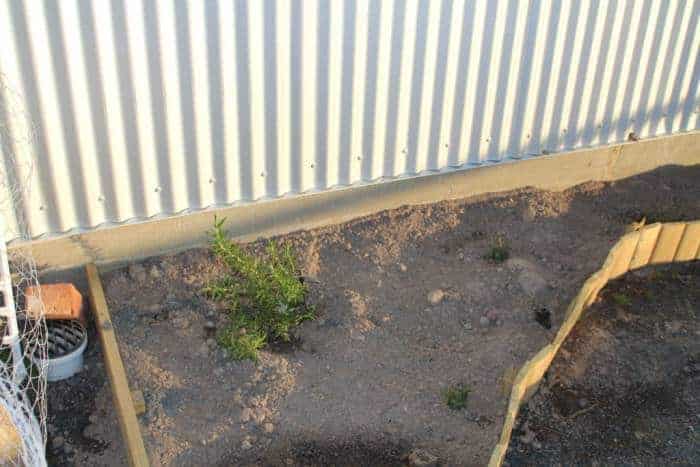This post was most recently updated on May 17th, 2020
Are you new to growing herbs? Today we are looking at how best to grow herbs at home in your backyard.
Please read: This information is provided for educational purposes only and is not intended to treat, diagnose or prevent any disease. We encourage you to make your own health care decisions in partnership with a qualified health care professional.
This post contains affiliate links, this means at no extra cost to you, we make a commission from sales. Please read our Disclosure Statement
Herbs include plants that are used for both medicinal or culinary uses. Growing herbs is easy with a few simple steps.
Growing Herbs
Herbs are a great addition to your new garden. They make meals delicious, are the ultimate companion plants to go in your vegetable patch and are fairly indestructible (most of them are at least).
Herb position in the garden
Pick an area that you won’t be digging over all the time as they will stay in place for at least the whole growing season – parsley, cilantro/coriander, fennel or all the time as established plants most other herbs.
Somewhere near to the kitchen is also a good idea, even in pots on the veranda/patio or your kitchen window sill.
Plants that originated in the mediterranean prefer drier, sunnier conditions. Examples are:
- Rosemary
- Thyme
- Sage
- Oregano
RELATED: Best herbs for hot climates
Herbs that tolerate more damp or shady conditions include:
- Mint
- Parsley
- Cilantro/coriander
- Chives
- Lemon balm
RELATED: Best herbs for the shade
Sourcing herbs for planting
Try and find someone else with the herbs that you would like to grow and try and take some stalks and roots from existing plants and you can save yourself a lot of money.
Thyme, rosemary, oregano, marjoram, lavender can all be grown from little bits of existing plants with roots on from larger plants.
Parsley, coriander, marigolds and fennel are best started off as seed or bought as little plants from a nursery.
RELATED: How to become self sufficient on a small yard
[et_bloom_inline optin_id=”optin_5″]
Preparing soil for herb planting
Remove any weeds from the soil and loosen the soil with a garden fork.
Add 2-3 inches of compost on to the top of the soil and mix this in to the top 4 inches of the soil.
Dig a hole deep enough to plant in the seedling without covering the stalks.
Looking after newly planted herbs in the garden
Keep up the regular watering, water at least once per day for the first week, 3 times a week for the second week and 1-2 times per week there on.
If you would like some more help getting your vegetable garden started I really recommend that you checkout our very in depth e course – The Productive Garden: Getting a full time harvest from a part time garden.
For more gardening resources, be sure to check out our resources page!
For further reading, I really recommend all of these books. I own every one of them and they are amazing resources!
Please Pin and Share with your friends and family!
Missed an episode?






























